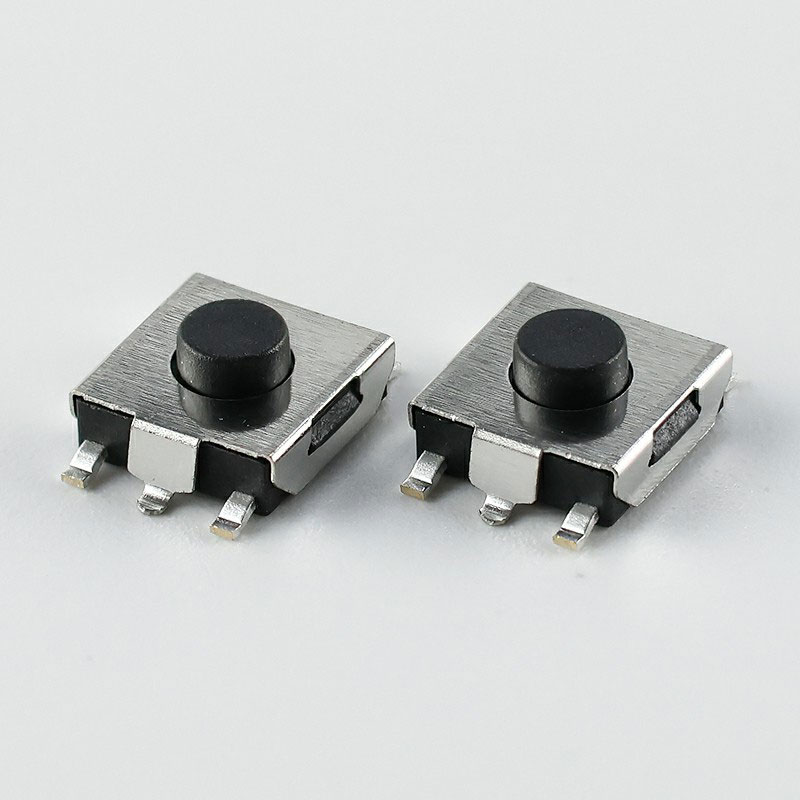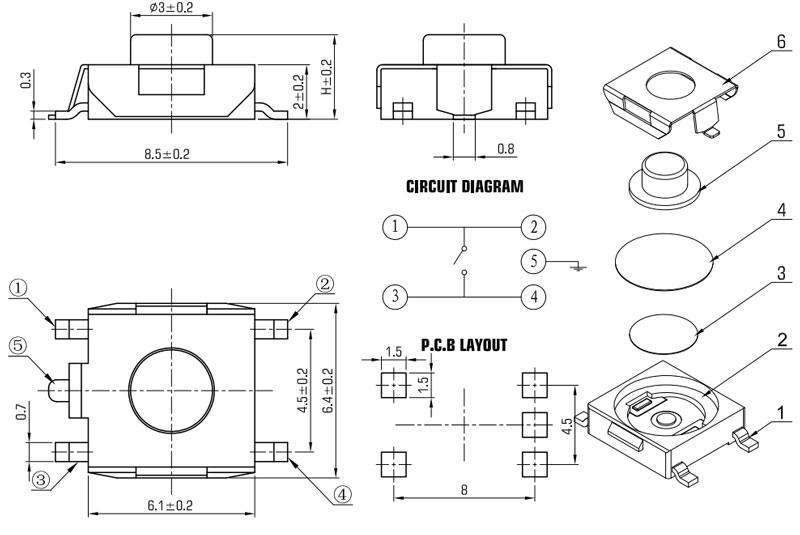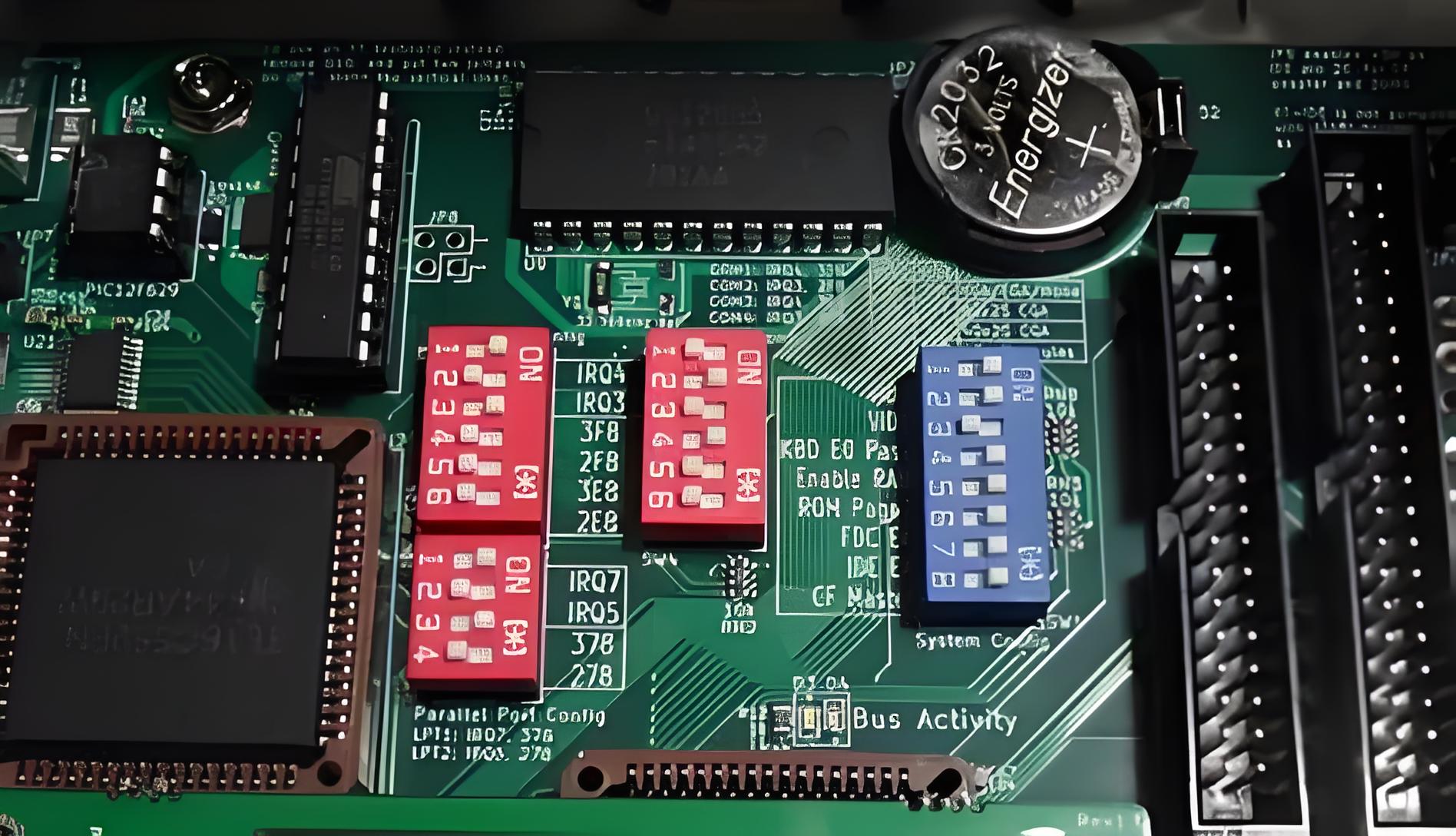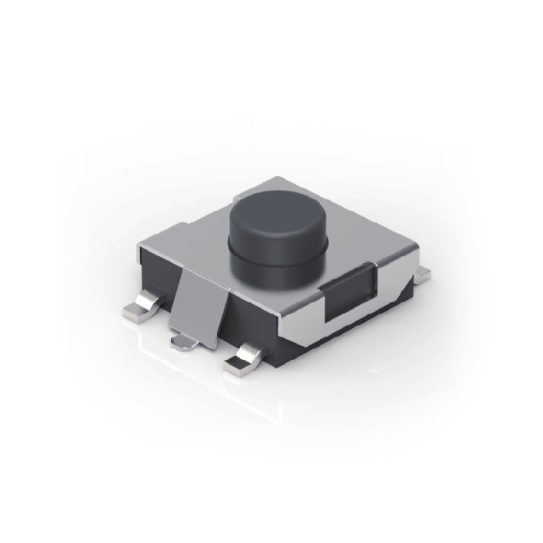What is the function of the ground terminal of the tact switch?
ESD = Electrostatic Discharge
Electrostatic discharge (ESD) refers to the sudden flow of electricity between two charged objects caused by contact or an electric field. It is a significant cause of damage to electronic components and integrated circuits, often resulting in permanent damage due to the high instantaneous voltages involved, which can exceed several thousand volts. ESD occurs when materials with different electric charges come into contact, leading to a transfer of electrons and creating a discharge that can harm sensitive electronic devices.

GND = Ground
GND stands for Ground, a key concept in electrical circuits. Ground is essentially a reference point of voltage for the system, and it serves as the return path for electrical current. When current flows through a circuit, it returns to the power source through the GND path, completing the electrical circuit. GND provides a stable reference for measuring voltage and ensures the circuit operates safely, without fluctuations or electrical hazards. In most circuits, the GND pin or wire is connected to the negative terminal of a power supply or battery, but its role goes beyond just completing the circuit. It helps stabilize the voltage and protects against electrical surges.

In specific environments, the simple act of pressing a tact switch can trigger electrostatic discharge (ESD) through the switch and integrated circuit. ESD poses significant risks to the longevity and performance of electronic components, potentially resulting in interface damage, burnouts, or ruptures.
The ground (GND) terminal on a tact switch serves as a crucial shield against ESD, enhancing the reliability of electronic devices.
Explore how tact switches with ground termination options can protect your designs and ensure optimal performance.
⬛


